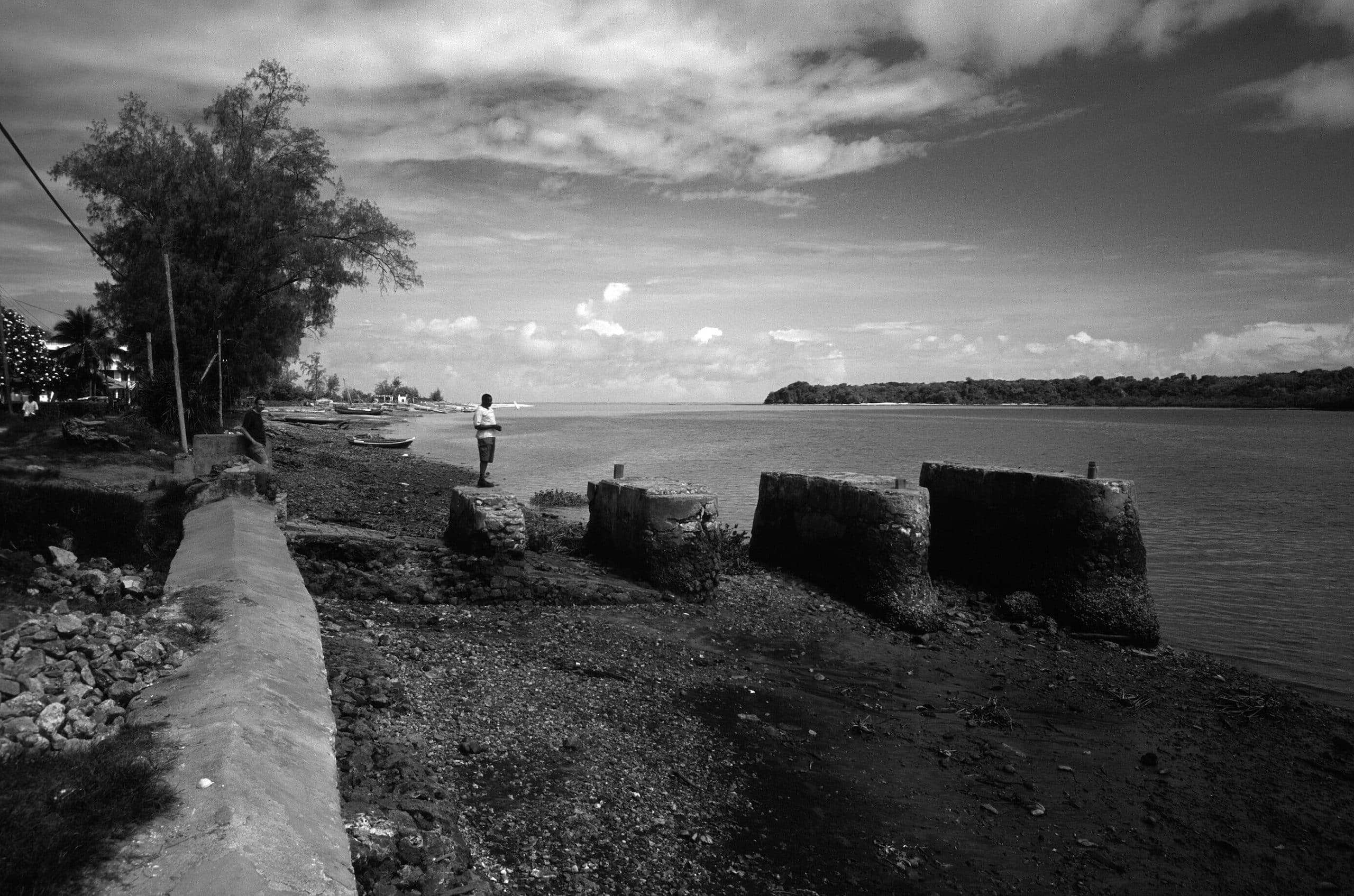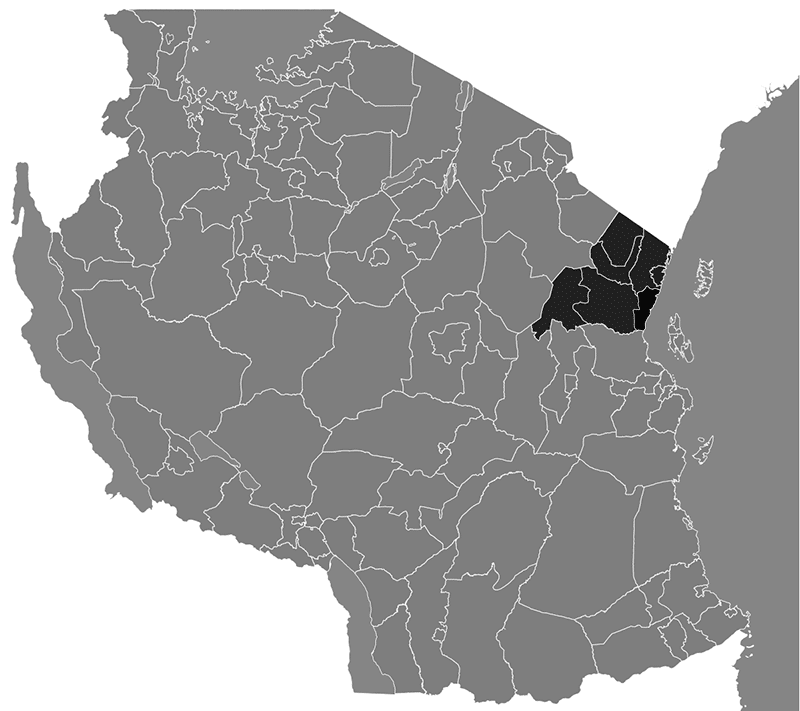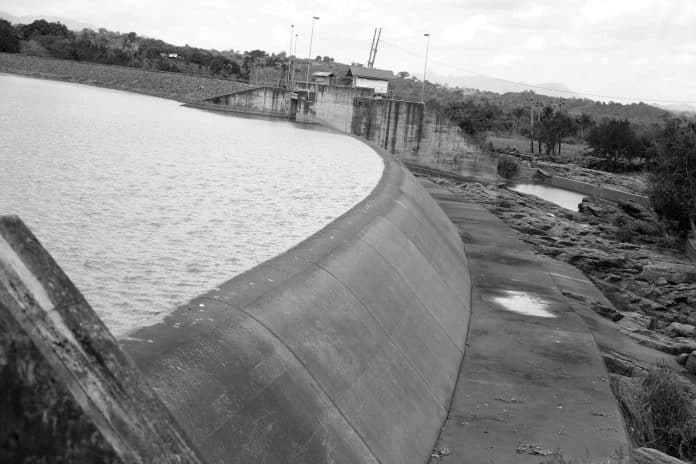A Quick Overview of the Pangani Hydro System and Falls Dam
The power station at Pangani Falls has an installed capacity of 91,000 hp (68 MW).
Overview of the Pangani Hydro System
Construction
Construction work started at the dam in December 1991. It was quickly commissioned just three years later to put an end to power shortages in the country. European Scandinavian countries (Sweden, Finland, and Norway), which collectively decided to fund the Pangani Falls Redevelopment Programme in 1989, financed the whole project. A total of $126 million was spent on the project. The three financiers that paid are Sweden’s SIDA (25 percent), Finland’s FINNIDA (33 percent), and Norway’s NORAD (42 percent).
The New Pangani Falls Hydropower Station is located in the Tanga region’s Muheza district. It is 12 kilometres off the Tanga-Segera highway at Hale Township. Commercial operations began at the plant in November 1994. Prior to the opening of the plant, Tanzania had experienced a severe power shortage since 1992. Thus, the early opening of the plant (3 months earlier than initially planned) rescued the country’s power situation.
The power plant uses the total head and flows available on Pangani River’s lower reaches downstream of the Hale power plant, where 21 megawatts were commissioned in 1964. The plant’s capacity is four times higher than the Old Pangani Falls Hydropower Plant, which was closed for the redevelopment.
Part of the redevelopment plan was the organization of the Pangani basin’s water redevelopment project through the creation of the River Pangani Basin Water Office. The newly created office stops illegal abstractions and supervises water use, including registration and issuing of water rights.

Pangani Basin Water Board
The Pangani Basin Water Board (PBWB) is a government institution in Tanzania that is responsible for managing the water resources in the Pangani River Basin.
The main mandate of the PBWB is to ensure sustainable management of water resources in the Pangani River Basin, with a focus on improving water availability, quality, and access for all users, including domestic, agricultural, and industrial sectors. The board is also responsible for regulating and monitoring water use in the basin, ensuring compliance with national water policies and laws.
Pangani Hydro System Data
| Catchment Area | 42,000 km2 |
| Design Flood | 1200 cumecs |
| Probable maximum flood | 3,000 cumecs |
| Reservoir Volume | 0.8 million m3 (active) |
| Dam, spillway, and intake | 10m height
47,000 m3 earth and rockfill 6,000 m3 concrete |
| Power Plant | |
| Head | 170m |
| Capacity | 68 MW |
| Annual Output | 367 GWh on an average
313 GWh firm powers under drought conditions |
| Turbines | 2x 24 MW Francis |
| Generators | 2×40 MVA |
| Power house | 1600 m3 rock excavation (gneiss) |
| Access and auxiliary tunnels | 700 m cross section 22-30 m2 |
| Headrace and tailrace tunnels | 2500 m cross section 40 m2 |
| Transmission Lines | 132 kV – 58 km Hale – Tanga 9 km Hale – Pangani Falls |
| Construction start | December 1991 |
| Commissioning | November 1994 |
| Inauguration | June 1995 |
| Project Cost (1995) | US$ 126 million |
| Financiers | NORAD of Norway – 42%; FINNIDA of Finland – 33%’ SIDA of Sweden – 25% |
About Tanga Pangani
Where is Pangani tz?
Pangani Tanga Tanzania is a town located in East Africa. It is situated on the coast of the Indian Ocean and is known for its beautiful beaches, historical landmarks, and vibrant Swahili culture.
The Pangani District
Tanzania Pangani was once an important trading port in East Africa, connecting merchants from as far away as India, Arabia, and Europe. Today, visitors can explore the town’s historic architecture, including the ruins of the 15th-century Arab settlement of Mbwamaji and the 19th-century German Boma.

Things to Do in Pangani
Here are some things to do in Pangani:
- Visit the Pangani Old Town: Explore the historic architecture of the town, including the ruins of Mbwamaji and the 19th-century German Boma.
- Relax on the Pangani beach Tanzania: Pangani has several stunning beaches with white sand and clear blue waters. You can sunbathe, swim, or take a walk along the shore.
- Snorkeling and Diving: Pangani is home to several marine conservation areas, where you can snorkel or dive to see a variety of marine life, including colorful coral reefs, dolphins, and turtles.
- Take a Pangani ferry ride: You can take a ferry ride along the Pangani River, where you can see birds, crocodiles, and hippos.
Pangani Tanzania Hotels
Pangani beach resort
The Peponi beach resort Pangani is a beachfront resort located in the town of Pangani in Tanzania. The resort offers a range of accommodation options, from standard rooms to luxurious suites, all with views of the Indian Ocean.
Pangani cliffs lodge
The Pangani Cliffs Lodge is a boutique lodge located on the cliffs overlooking the Indian Ocean in the town of Pangani, Tanzania. The lodge offers luxury accommodations, stunning views, and easy access to the beach and other attractions in the area.
The Tides lodge Pangani
The Tides Pangani is a beachfront lodge located on the Tanzanian coast near the town of Pangani. The lodge offers eco-friendly accommodations, delicious cuisine, and a variety of activities, including snorkeling, diving, and cultural tours.
Ushongo beach Pangani Tanzania
Ushongo Beach is a stunning stretch of white sand beach located near the town of Pangani in Tanzania. The beach is known for its crystal-clear waters, excellent swimming, and beautiful sunsets.
For more articles related to Energy in Tanzania click here!

































